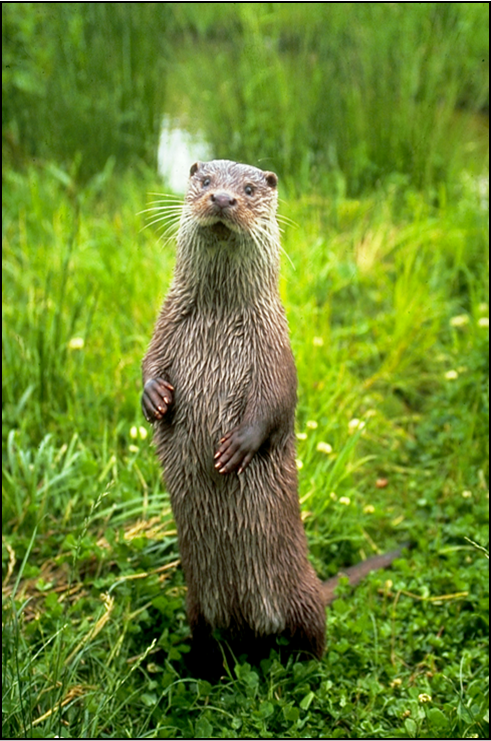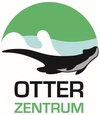Characteristics
Eurasian otters (Lutra lutra) are carnivores and belong to the family of mustelids (Mustelidae). They are related to pine marten, beech marten, badger, polecat, mink and stoat. Worldwide there are 13 different otter species. Eurasian otters are well-adapted to water habitats despite being land predators. This is due to the adaptions of their bodies that improve their abilities in water – a streamlined body, their eyes and ears placed in one line on top of their head, webbed feet and long, strong vibrissae on their snout. Male otters can grow up to 1.30 m long and weigh up to 12 kg. Females are approximately 20 cm shorter and weigh about 10 kg. The energy budget of otters is adapted according to their lifestyle, meaning they lose 25 times more heat in water compared to when they are on land. Therefore, to maintain a consistent body temperature, otters must eat approximately 1 kg food per day. Furthermore, otters' fur is very dense, containing up to 75,000 hairs per cm2 (compared to humans, who have 150-200 hairs per cm2). The single hairs then interlock like a zipper, keeping warm air within the fur so that the skin does not come in direct contact with the water. While diving, the trapped air is released from the fur and small air bubbles are formed in the water.







